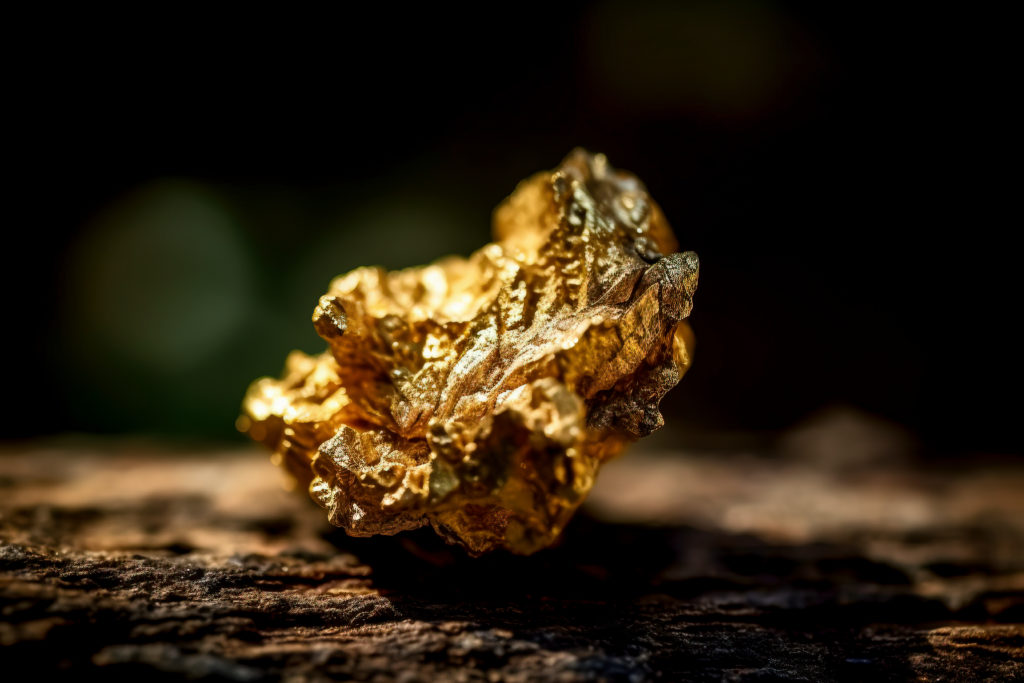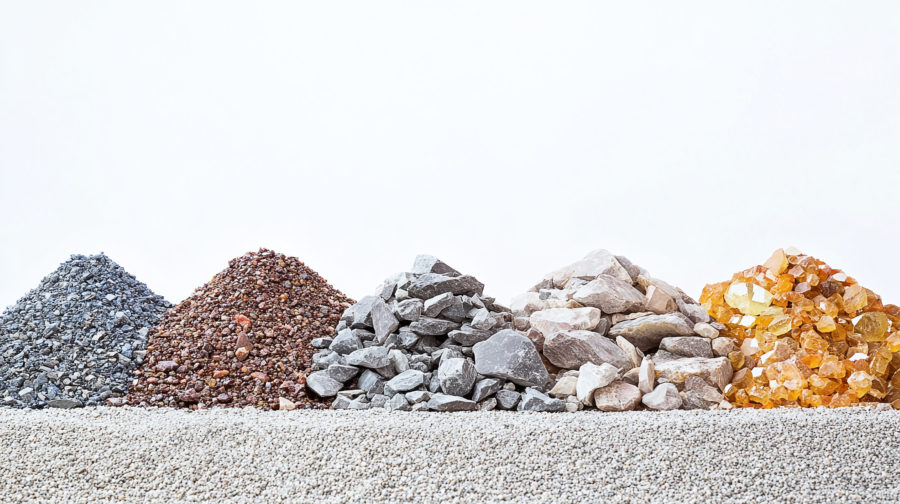Earthquakes may have caused gold nuggets to form, study finds

Seismic activity (i.e. earthquakes) may finally help solve the mystery behind the existence of large gold nuggets found beneath the Earth’s surface, a new study published in Nature Geosciences finds.
Most nuggets originate from the quartz veins formed in orogenic gold systems found around the world. These systems have had significant economic importance throughout human history, representing up to 75% of all gold ever mined.
However, to this day, the mechanism behind the formation of these gold nuggets has remained an enigma to the scientific community.
The hydrothermal fluids responsible for carrying gold through the Earth’s crust typically contain very low concentrations of the metal (~1 ppm), whereas the local concentration of gold in quartz can exceed 50%, occasionally producing nuggets weighing hundreds of kilograms; this presents a long-unsolved paradox for scientists.
According to geologist Dr. Chris Voisey of Monash University, lead author of the study, the standard explanation is that when the hot, water-rich fluids cool or undergo chemical changes, gold separates out and becomes trapped in quartz veins.
“While this theory is widely accepted, it doesn’t fully explain the formation of large gold nuggets, especially considering that the concentration of gold in these fluids is extremely low,’ he said.
Instead, Dr. Voisey and his colleagues wanted to test a new theory: The cyclic nature of earthquakes may play a role in the accumulation of gold within orogenic quartz veins. This is possible through a mechanism called piezoelectricity — the ability of certain solid materials like quartz crystals to generate an electric charge when subjected to stress, such as during an earthquake.
To test this hypothesis, Dr. Voisey and his team simulated earthquake conditions in a lab and discovered that the stress on quartz can generate enough voltage to electrochemically deposit gold onto its surface.
Quartz is the only common mineral on Earth that forms crystals lacking a centre of symmetry. It is the non-centrosymmetric nature of quartz, when distorted under stress, that produces electrical potential across the crystal that is directly proportional to the applied mechanical force, the study explains.
“The results were stunning,” co-author Professor Andy Tomkins, also from Monash University, said in a statement.
“The stressed quartz not only electrochemically deposited gold onto its surface, but it also formed and accumulated gold nanoparticles. Remarkably, the gold had a tendency to deposit on existing gold grains rather than forming new ones,” he added.
As the study points out, gold is a conductor while quartz is an insulator, and so once some of the gold gets deposited, it becomes a focal point for further growth, effectively “plating” the gold grains with more gold.
“Our discovery provides a plausible explanation for the formation of large gold nuggets in quartz veins,” said Dr. Voisey, who likens the quartz to a natural battery and gold to the electrode that slowly accumulates with each earthquake.
This new understanding of gold nugget formation, the authors say, not only sheds light on a longstanding geological mystery but also highlights the interrelationship between Earth’s physical and chemical processes.
More News
Gold that flowed into US in tariff bet now slowly trickles out
April 14, 2025 | 12:57 pm
PDAC video: Gabon’s Millennial Potash aims to become Africa’s first potash miner, CEO says
April 14, 2025 | 12:00 pm
{{ commodity.name }}
{{ post.title }}
{{ post.date }}




Comments
Steve johnson
So…gold grows like bone…under electrochemical stress. Now where are all the copper nuggets in quartz veins. Do the just somehow dissolve?